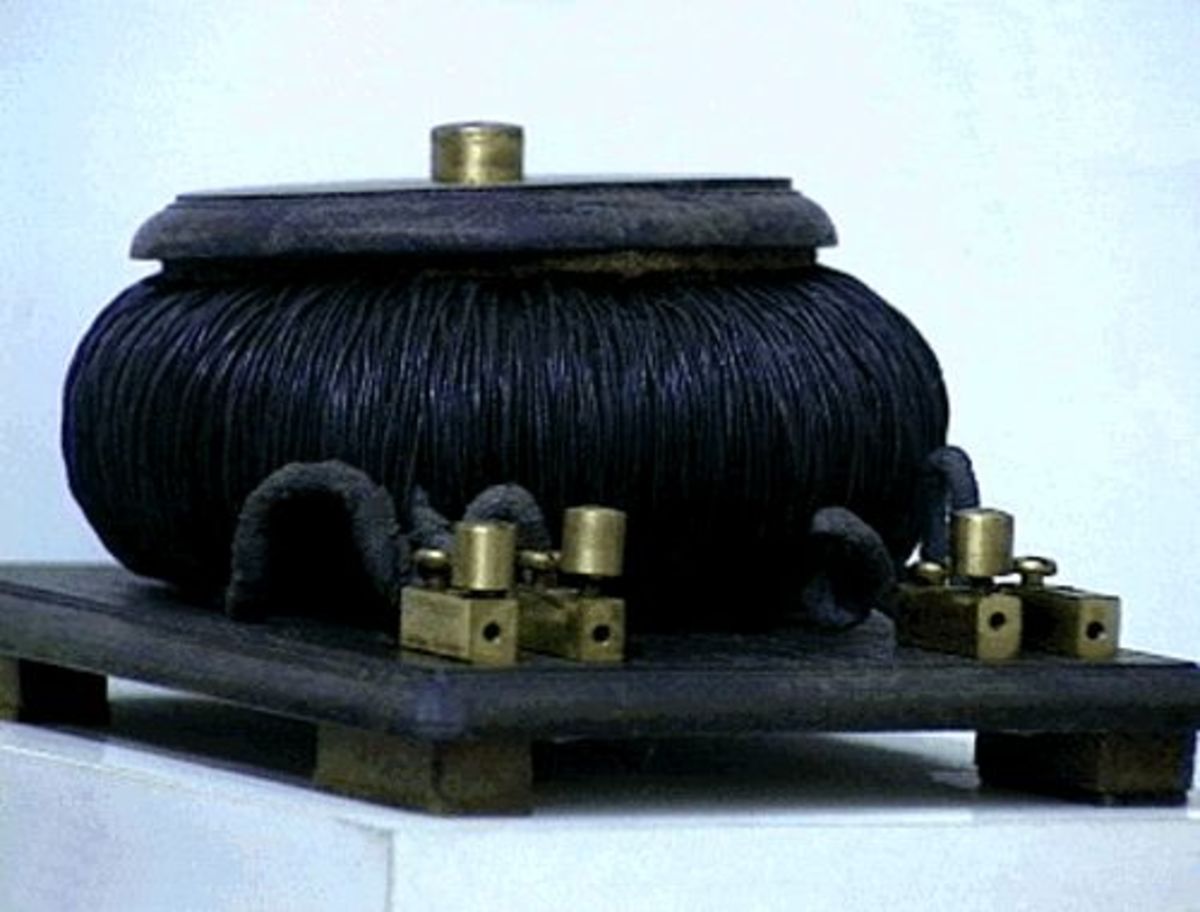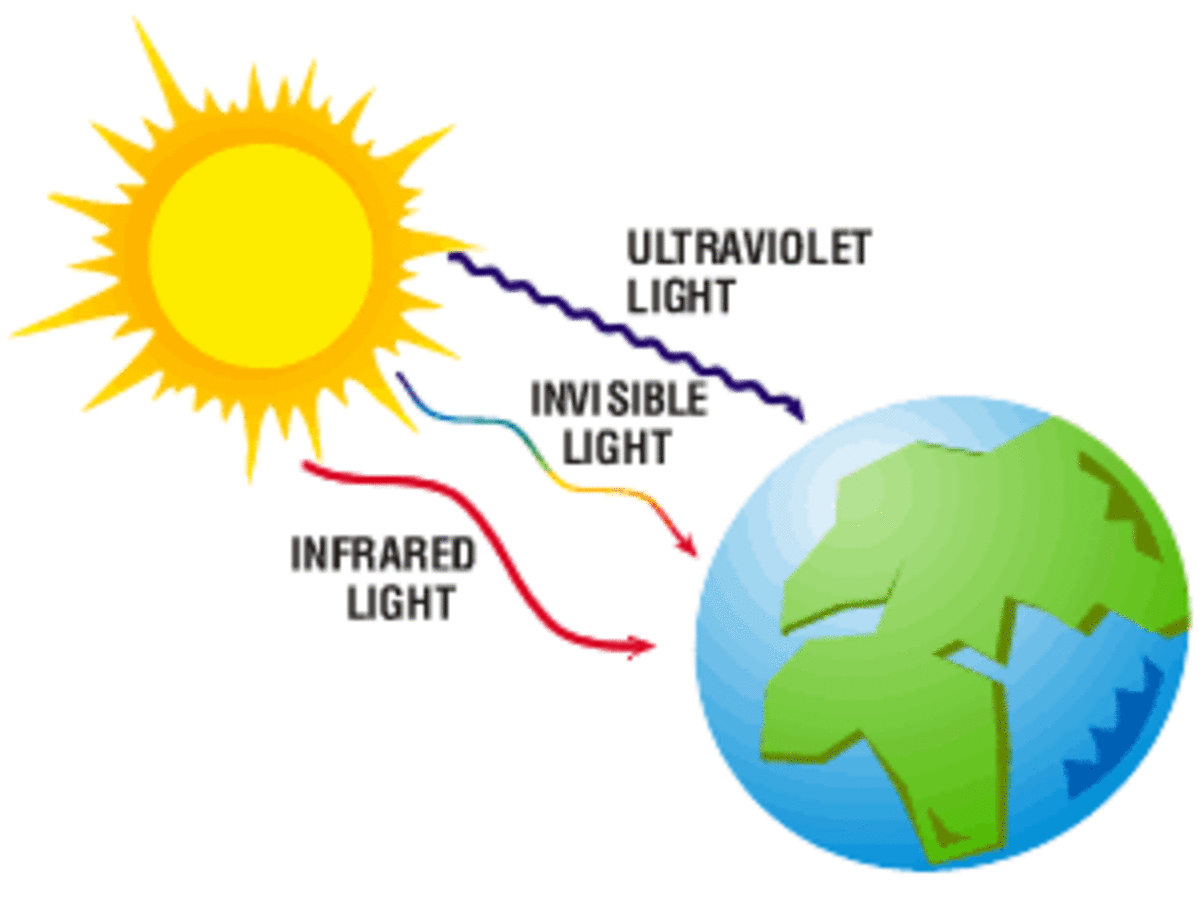Types of capacitors
A capacitor is component that can store electric charge and normally consist of two plates that can are parallel to each other, very close and are separated by an inductor. When a capacitor is connected to a voltage supplied, current flows through the circuit and electrons are stored on one of the capacitor’s plates. On the other plate there would be a shortage of electrons, in this case the capacitor is said to be charged and if its disconnected from the supply, the imbalance between the two plates will remain. If a charged capacitor is connected in a circuit it will for a short time act as a voltage source just like a battery
There are three factors that determined the capacitance of a capacitor
- Area, common to the two plates
- Separation distance between the two plates
- The property of the inductor used
Capacitors types are:
Metalized film Capacitors
Metalized Capacitors uses a very thin aluminum foil, interlink with a very thin plastic dielectric. For high voltage capacitors, polyester, polystyrene plastic materials are used. Dielectric strength – is the ability of an inductor to resist the flow of current when voltage is applied across it.
Ceramic Capacitors
Ceramic capacitors are used when small values of capacitance and large value of linkage current are acceptable. Ceramic capacitors are inexpensive and consist of a thin ceramic dielectric that is metalized on each side and coated with a thick protective layer usually applied by Deeping the component in an electrified protective material. Both plastics film and ceramic capacitors are available in ranges of 10pfto1uf
Electrolytic Capacitors
Electrolytic capacitors are high voltage capacitors, they give high value of capacitance in a small component at the expenses of wide tolerance in the marked value typically between -25 to 50% and the necessity of connecting the capacitor so that one terminal is always positive. The most commonly used types of electrolytic capacitors is aluminum electrolytic capacitor. Electrolytic capacitors must not be subjected to voltages in the wrong direction.
Variable Capacitors
These capacitors are variable in values. Either air or thin mica sheet are used as dielectric and therefore variable capacitors is usually low, there two types of variable capacitors namely
a) Rotary
b) Compression type








